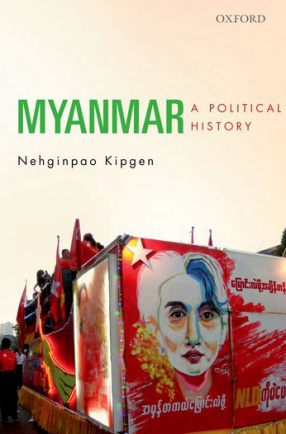
Myanmar

30 books

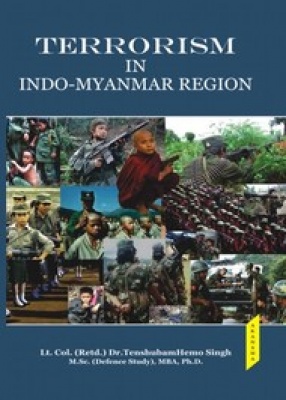
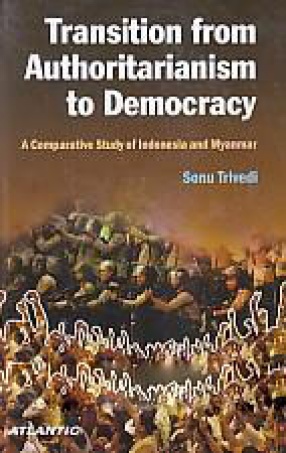
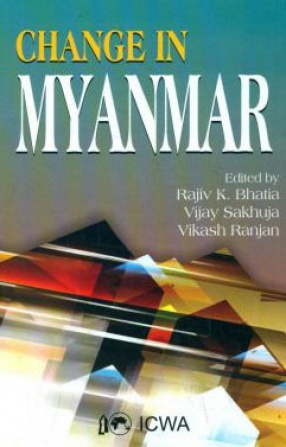
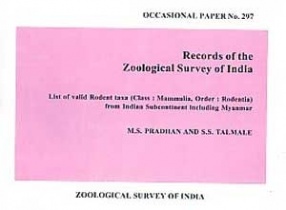


Myanmar, since its independence from the British in 1948, has witnessed decades of military dictatorship, a plethora of ethnic and political problems, and an arduous struggle to political normalcy and democracy. Reinventing its place in international trade, diplomacy, and geo-strategy, Myanmar today presents a complex picture-and how it engages with its own history plays an important part in this process of transformation.
Myanmar: A Political History examines ...
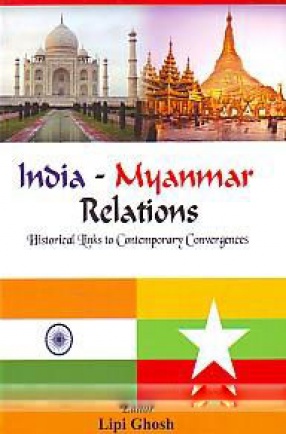
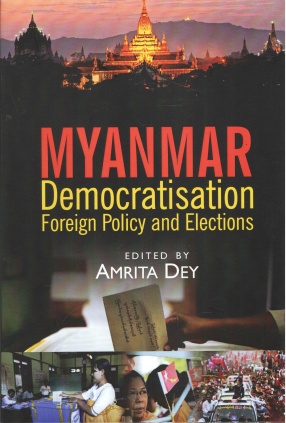
The Myanmar poll results of 2015 has once again proved to the world that public opinion is unanimously in favor of genuine democratization in the country, democratization as epitomized by the self-sacrifice of its opposition leader, party workers, students, journalists, Buddhist monk population, young and old, against any-sort of a quasi/proxy military rule at the centre. Since 2011, the military-turned civilian administration in Myanmar has undertaken ...
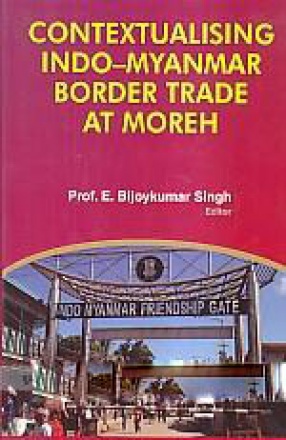


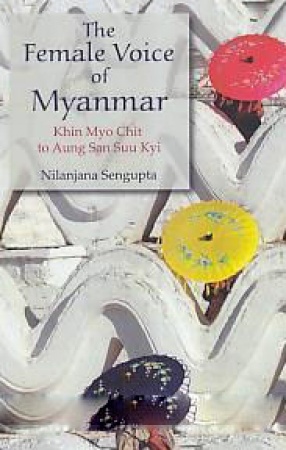
The Female Voice of Myanmar seeks to offer a female perspective on the history and political evolution of Myanmar. It delves into the lives and works of four of Myanmar's remarkable women who set aside their lives to answer the call of their country: Khin Myo Chit, who spoke about latent sexual politics in pre-Independent Burma; Ludu Daw Amar, who as the editor of the leftist Ludu Daily, was deemed anti-establishment and was witness to the socialist government's ...
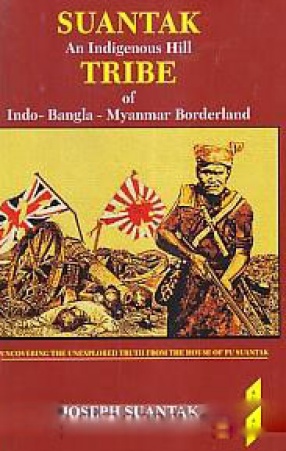

The volume reopens the chapter of 'Bengali Literary Renaissance' at the court of Mrauk-U (Bengali: Rosanga) during the fifteenth-seventeenth centuries. The problem of the Rohingyas cannot be ubderstood without taking note of the spread of the Bengali language and the polymorphism accommodating Buddhism, Vaishnavism and Sufi-dominated Islam in various parts of South Asia. Yet, going beyond the Buddhist-Muslim dichotomy, the volume takes up dichotomies which both ...
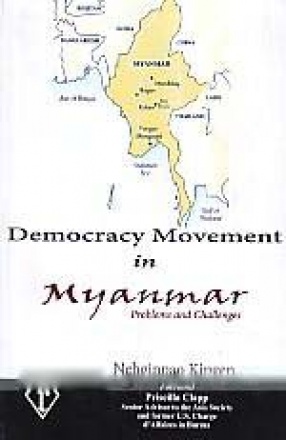

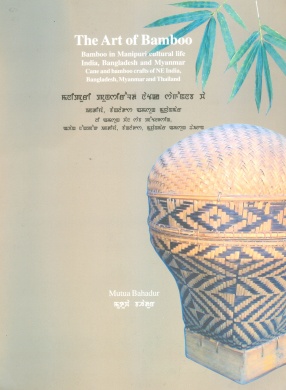
Bamboo is a tall plant found perennially in the tropical and sub-tropical areas of the globe. Bamboo species, numbering around 44, are found growing both in the valley and hills of hills of Manipur. Some of the names of the different species found in Manipur are saneibi Bambusa nutans, khok Bambusa mizorameana, naat schizostachyum munsoi watangkhoi Dendrocalamus hookeri, longa, tenwa Neomicrocalamus prainii uein Dendrocalamus longispathus, wamu, unal unap ...
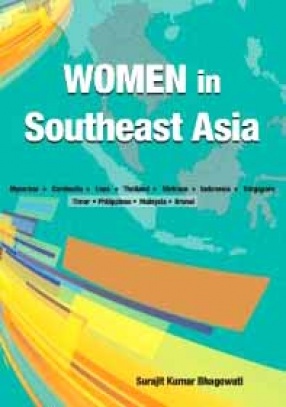
The 11 countries of Southeast Asia include over 600 million people. Despite great linguistic and cultural diversity, the region is characterized by the relatively favorable position of women in comparison with neighboring East Asia or South Asia. The position of women in Southeast Asia is often cited as evidence that women are not universally subjugated to men. In the context of women's status, this book examines the social system in Southeast Asia during the ...

This book provides deep insight into the culture, folklore and literature of Mizos living in India, Bangladesh and Myanmar. Tracing the origin and development of the people, it discusses at length their culture and traditions, religion, social life, music and dances, and their way of life.
Focusing on the folklore of Mizos, it describes in detail their folkloristic heritage, important feature of folk literature, and Mizo proverbs and sayings. It also deals with ...
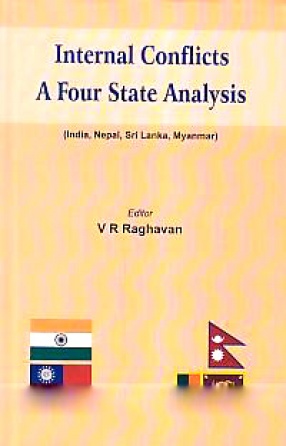
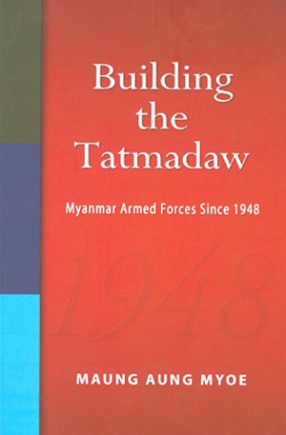
Ever since Myanmar regained her independence in January 1948, the Tatmadaw (Myanmar Armed Forces) has been crucial in restoring and maintaining law and order. It is one of the most important institutions in Myanmar policies. Various aspects of the Tatmadaw have been studied. The most notable area of study has been the political role of the military. This study looks at the organization development of the Myanmar armed forces. It analyses four different aspects of ...
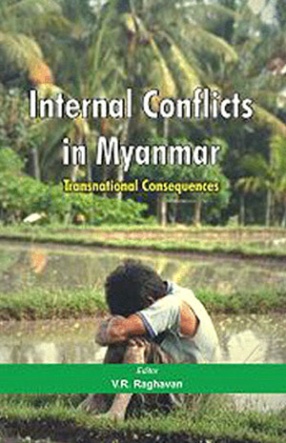
In the recent years, the interstate wars have declined and intrastate wars/ internal conflicts are on rise. Impacts of internal conflicts are no longer limited within a nation state, they incur international consequences of disturbing magnitude. Myanmar (Burma) is affected by two types of internal conflicts. The first is between the military government and various ethnic groups spread along the international borders with India, China, Laos and Thailand. These ...
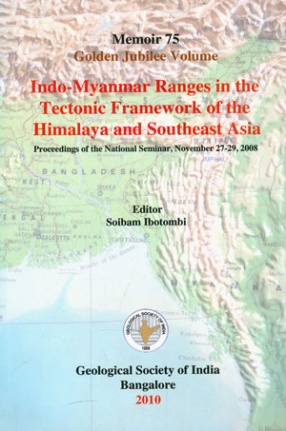
Indo-Myanmar (Burma) Ranges (IMR) have a distinct entity in the tectonic framework of Eastern Himalaya and the Southeast Asia. The IMR, which is thought to be northern prolongation of the Indonesian island are linking with the Himalaya possibly along the Tidding Suture Zone, is believed to have evolved due to subduction of the Indian plate below the Myanmar (Burma) plate. In the process, the range evolved as an accretionary prism of imbricate thrust system where ...
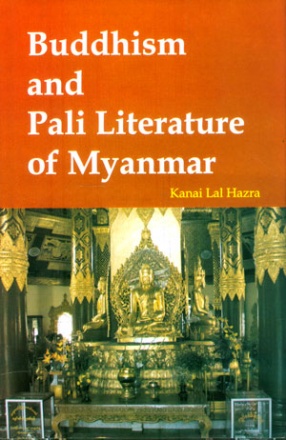
Based on extensive research, this book gives an account of Buddhism and Pali Literature of Myanmar. It is an Important Buddhist country of South East Asia and for centuries it has become the home of Buddhism. This work is a valuable contribution to the world of Buddhism and Buddhist literature and to the study of Myanmar’s religious history. The author in a thoughtful manner and in a scholarly way has brought this book before us and for this reason it will ...

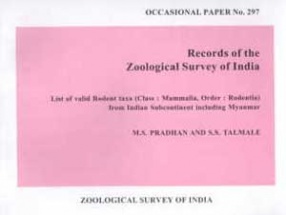
Order Rodentia is the largest order of mammals both worldwide and in the Indomalayan Region (Corbet and Hill, 1992). They are all comparatively smaller animals with great diversity in habits and modes of life. Rodents naturally display great diversity of form and structure. In this book Table - 1 clearly indicates significant changes in number of valid genera, species and subspecies in all the countries of this subcontinent. Under these circumstances it was ...

India shares 1643 km long border with Myanmar that passes through the northeastern states of Arunachal Pradesh, Manipur, Mizoram and Nagaland. Although cross-border contact and movement of people are known through, but they have not led to any strong economic interdependence between the regions across the border so far. The state-centric security perception, both in India and Myanmar, treated this border as vulnerable periphery. As a result, the ...

The present volume is an attempt to examine various aspects relevant to the movement for democracy in Myanmar and its prospects. Tracing the history of parliamentary democracy from 1948-1958 and 1960-1962, factors responsible for its failure are highlighted and the circumstances responsible for the military takeover are discussed elaborately taking into account all major events and developments. The military government brought sweeping changes with the adoption ...
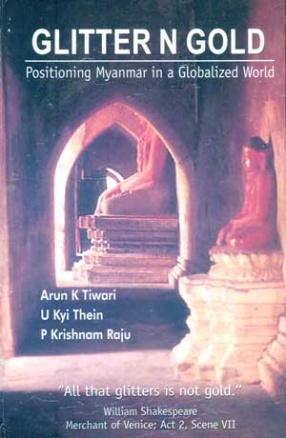
An economically strong and modernized Myanmar can be a beautiful bridge between the two great nations of India and China with a confluence of interest of the entire region. This book is the outcome of a new thought process that is sweeping a new resurgent developing world, particularly in India and China. There is an unprecedented determination amongst the people of India and China, which form more than half of the population of this planet, to raise their ...
